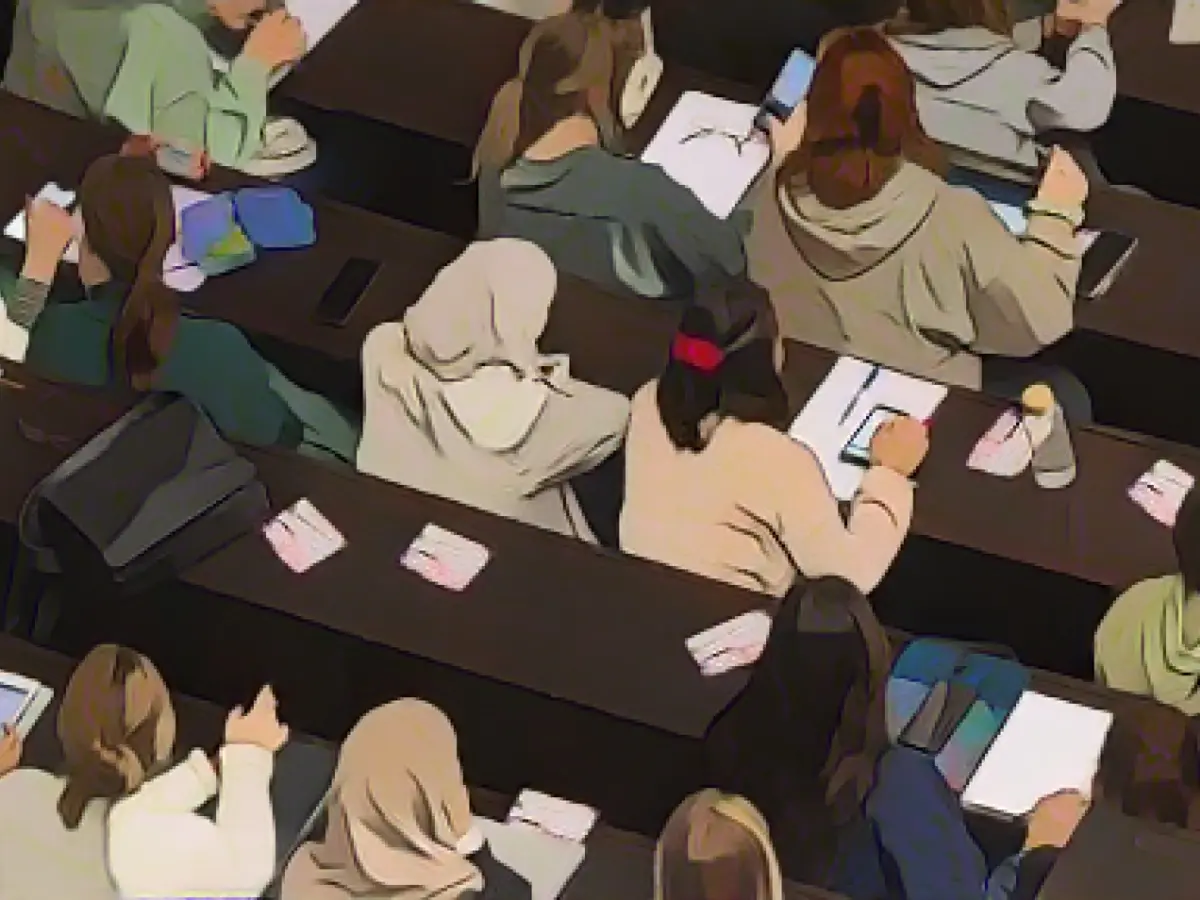In a recent study published by the Center for Higher Education Development (CHE), it was revealed that only 15% of students in Hesse utilize state financing offers for their education. The remaining 85% largely depend on their own resources, primarily their parents and part-time jobs, to finance their studies.
The data suggests that while Hesse boasts several universities, state support options like Bafög, scholarships, education loans, and KfW student loans are hardly of significance for most students, placing Hesse below the national average. The study evaluation included data from 2022, revealing that only 10.7% of students in Hesse received Bafög, a scholarship, or a Deutschlandstipendium, further highlighting the low utilization of these options.
Criticizing the current system, study author Ulrich Müller pointed out that success in higher education may increasingly depend on whether a student comes from a wealthy family or is enrolled in a flexible degree program. He argued that this does not contribute to equitable participation in higher education.
Meanwhile, the high employment rate among students in Hesse at 68% contrasts with the low Bafög utilization rate. The analysis also noted that student financing options are scarcely used in universities located in major Hesse cities, such as Wiesbaden.
Authors suggest that to address the financial challenges facing students, the government in Gütersloh could consider implementing more favorable student loan policies to make education more affordable for all. The study findings have prompted calls for reforms in the student financing system in Germany, with a focus on ensuring equitable participation in higher education regardless of a student's financial background or enrollment in a flexible degree program.
Some reasons for low utilization of state financing options might include the high cost of education, less government support, systemic inequalities, perceived inequity, and lack of awareness about available options. The implications of low utilization for underrepresented groups, social mobility, and equitable resource distribution are significant, highlighting the need for policies and programs to increase awareness and provide targeted support for these groups.








